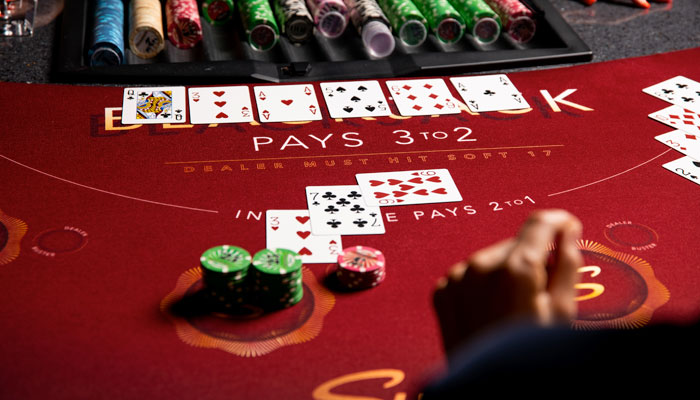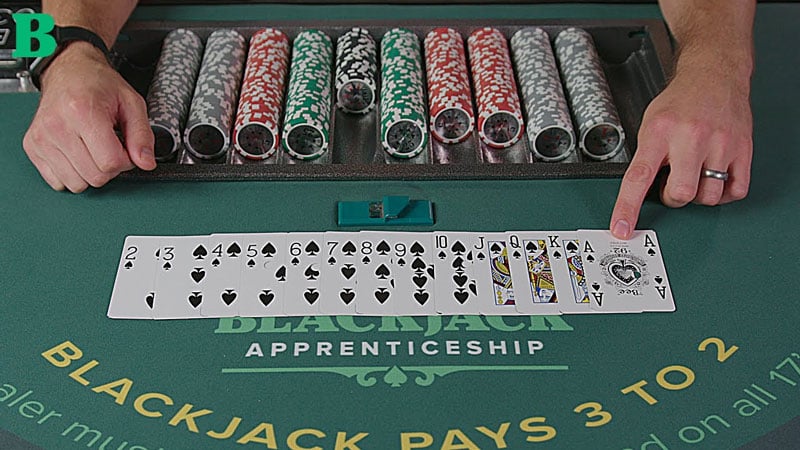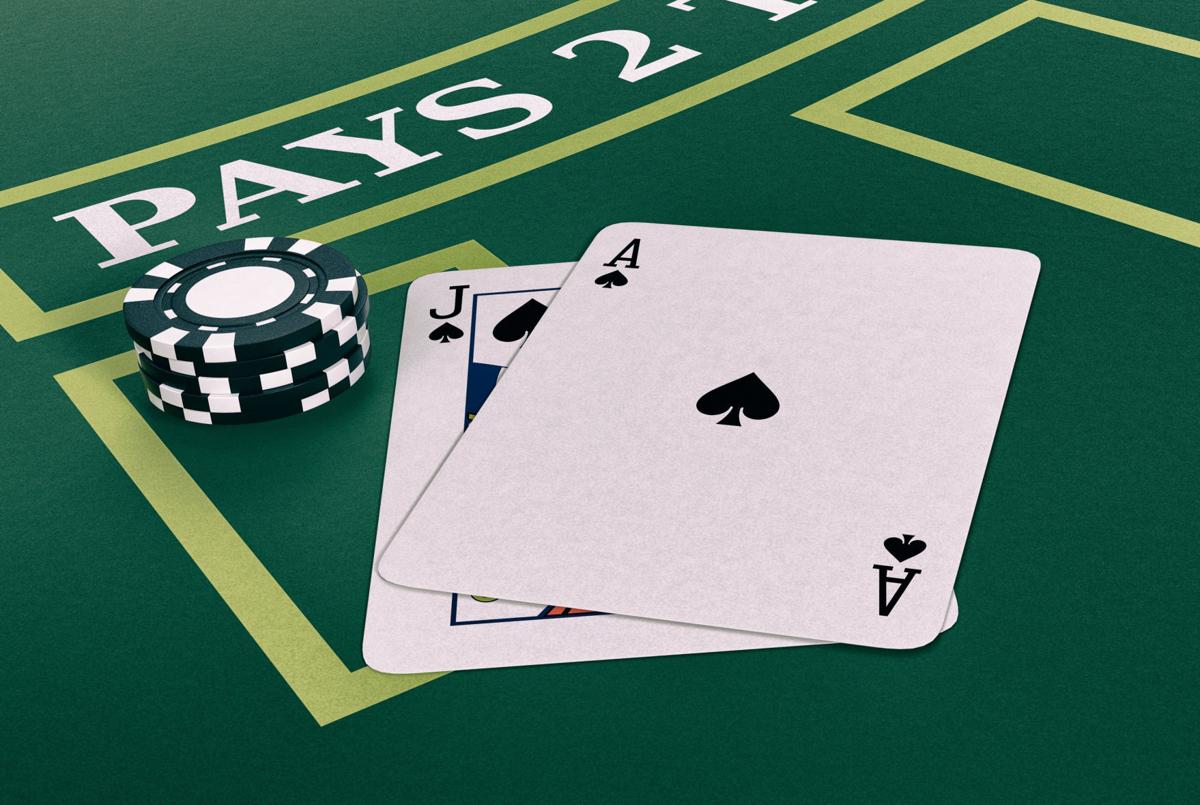Blackjack is a widely enjoyed card game in casinos worldwide, combines skill and luck to create an engaging experience for players of all levels. However, one crucial factor that significantly affects gameplay and odds is the number of decks used. Let’s delve into this topic further.

Unveiling the Role of Deck Quantity
When you step into a casino or engage in online blackjack, you’ll notice that the game employs multiple decks of cards. The number of decks used varies from game to game and directly influences the game’s dynamics.
In general, the more decks used, the higher the house edge—the statistical advantage held by the casino over the players.
How Many Decks are Used in Blackjack?
Traditional blackjack games commonly employ one, two, four, six, or eight decks of cards. However, the most prevalent choices are six or eight decks. These multi-deck games are popular both in land-based casinos and online platforms.
The Advantages of Multiple Decks

The usage of multiple decks in blackjack introduces advantages and disadvantages for both players and casinos. Let’s explore them:
- Increased Game Complexity: More decks make the game more complex and challenging. This adds depth to the gameplay and requires players to develop advanced strategies.
- Reduced Card Counting Advantage: Skilled players often employ card counting to gain an edge over the casino. However, multiple decks make card counting much more difficult, if not impossible, as the cards are constantly shuffled and mixed.
- Smoother Gameplay: Multiple decks allow for smoother gameplay without interruptions for reshuffling after each hand. This faster pace enables more hands played per hour, appealing to both players and casinos.
- Increased House Edge: Multiple decks provide a primary advantage for casinos by increasing the house edge. This edge represents the statistical advantage the casino holds over the players, ensuring long-term profitability.
Deck Quantity in Casinos
While the number of decks used in blackjack can vary, casinos typically opt for six or eight decks. This choice strikes a balance between game complexity and profitability for the casino.
Impact on Player Odds
The number of decks used in blackjack directly impacts the player’s odds of winning. Generally, games played with fewer decks provide players with a slightly better chance of winning. This is because a lower number of decks maintains a higher frequency of favorable cards (e.g., aces and tens), increasing the likelihood of achieving a natural blackjack or a strong hand.
Conversely, playing with more decks decreases the player’s odds. The increased number of cards dilutes the concentration of favorable cards, making it harder to achieve a natural blackjack or a strong hand. Consequently, the house edge increases, favoring the casino.
Strategies for Different Deck Quantities
To adapt to varying deck quantities in blackjack, players can employ different strategies. Let’s explore strategies for both single-deck and multi-deck games:
Strategies for Single-Deck Blackjack

In single-deck games, card counting remains a viable strategy. With fewer cards in play, it’s easier to track the card distribution and make informed decisions based on the remaining cards. However, it’s worth noting that casinos frown upon card counting and may take measures to prevent or discourage it.
In addition to card counting, players in single-deck blackjack games can focus on using basic strategy. This strategy involves following predetermined rules for every possible hand combination, maximizing the player’s chances of winning. It takes into account the player’s hand value and the dealer’s upcard, guiding decisions on hitting, standing, doubling down, or splitting.
<Live Casino – How To Play?Ultimate Guide To Live Casinos>
Strategies for Multi-Deck Blackjack
In games with multiple decks, card counting becomes more challenging due to constant reshuffling and mixing. However, players can still employ certain strategies to improve their odds:
- Basic Strategy: Basic strategy remains fundamental, regardless of the number of decks. It helps players make optimal decisions based on their hand and the dealer’s upcard. Memorizing and utilizing basic strategy charts is crucial for maximizing winning opportunities.
- Adjusting Bet Sizes: In multi-deck games, players can consider adjusting their bet sizes based on the count. While card counting is more difficult, having a general sense of the card distribution helps determine when the remaining decks are favorable. Increasing bets during positive counts and reducing them during negative counts capitalizes on advantageous situations.
- Understanding House Rules: Different casinos may have variations in their house rules that impact the game. Players must be aware of these rules, such as whether the dealer hits or stands on a soft 17, whether surrender is allowed, and the blackjack payout ratio. Utilizing favorable house rules enhances a player’s overall strategy.
In Conclusion

The number of decks used in blackjack significantly impacts the game’s dynamics and player odds. While single-deck games offer slightly better odds and accommodate card-counting strategies, they are becoming rarer in casinos. Multi-deck games, usually played with six or eight decks, provide a more complex and challenging gameplay experience, reduce the effectiveness of card counting, and increase the house edge.
Regardless of the deck quantity, employing basic strategy remains crucial for optimizing winning opportunities in blackjack. Understanding the nuances of the game, adapting to the deck quantity, and making informed decisions based on the player’s hand and the dealer’s upcard greatly improve one’s chances of success.
So, next time you engage in blackjack, consider the number of decks in play and adjust your strategies accordingly. Whether it’s a single-deck game with favorable odds or a multi-deck game with added complexity, mastering the art of blackjack is a thrilling endeavor that combines skill, strategy, and a touch of luck.
<Online Poker – Complete Tips and Strategies for Online Poker>



